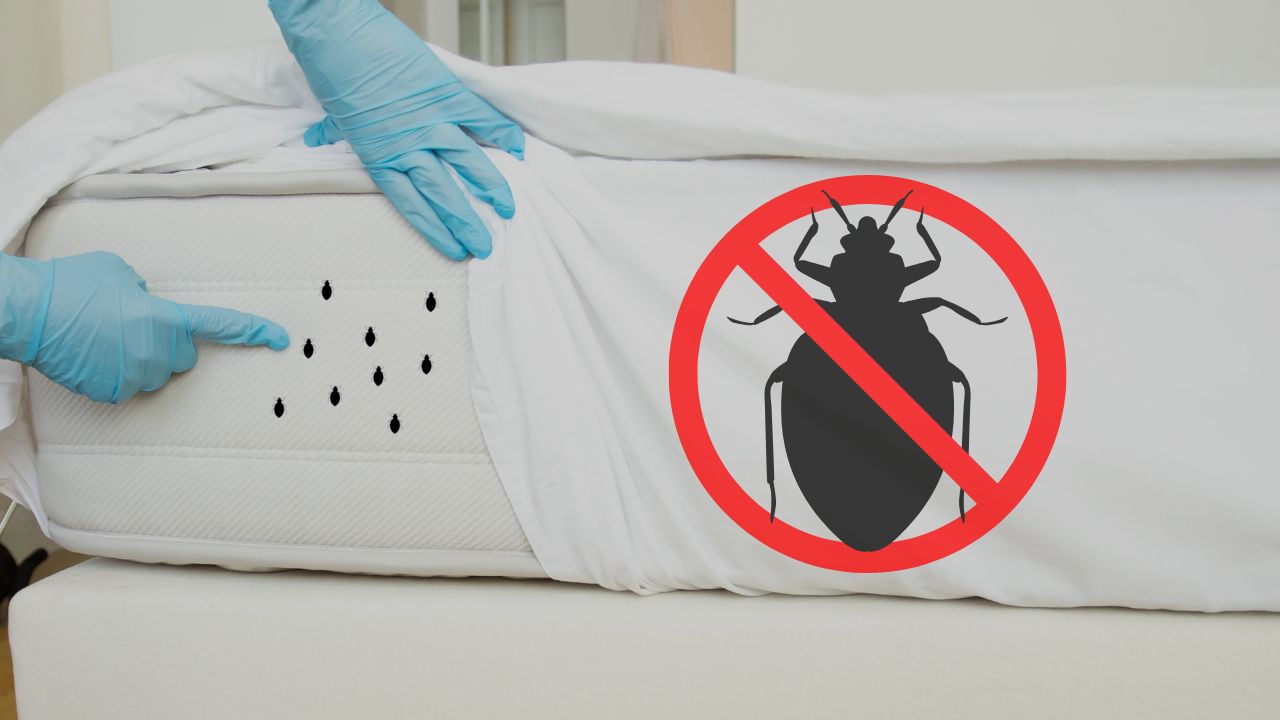Texas may be famous for its wide-open landscapes and booming cities, but in recent years, it has also earned an unwelcome distinction—becoming a hotspot for bed bug infestations. From major urban centers to fast-growing suburbs, residents and businesses are spending thousands to fight off these relentless pests.
Six Texas Cities Hit the Hardest
Recent pest control rankings have revealed the six Texas cities facing the highest bed bug infestation rates:
- Houston
- Dallas
- Fort Worth
- San Antonio
- Austin
- Irving
Houston: Ground Zero for Infestations
Houston is currently the most affected city in Texas, ranking third worst in the nation. Experts attribute this to a perfect storm of conditions—humid weather, a bustling hotel industry, and a high volume of secondhand furniture sales.
Pest control professionals report that Houston sees tens of thousands of bed bug-related searches every year, showing how widespread both the problem and public concern have become.
Dallas–Fort Worth: Persistent and Costly
The Dallas–Fort Worth metroplex is no stranger to the fight. Dallas ranks 11th nationally, while Fort Worth sits at 37th. With its dense population, heavy business travel, and thriving tourism sector, the region offers bed bugs plenty of opportunities to spread from one location to another.
San Antonio: A Rapidly Growing Threat
In recent years, San Antonio has moved up the national rankings, now sitting at 16th for infestation risk. The city’s combination of high tourism numbers and large rental housing communities has helped bed bugs establish a firm foothold.
Austin and Irving: Climbing the Charts
Austin and Irving may not have topped the national list, but both cities are seeing sharp increases in reported cases—17th and 54th, respectively. Bed bugs in these areas have been found in homes, hotels, buses, and even office buildings, proving that no place is immune.
Read Also: Washington Siege: 5 Cities Battling a Growing Bed Bug Crisis
Why Texas Is So Vulnerable
Bed bugs are thriving in the Lone Star State for several reasons:
- Warm Climate: Texas’s weather allows bed bugs to reproduce year-round.
- Urban Density: Apartments, hotels, and shared housing speed up infestations.
- Travel & Tourism: More visitors mean more chances for pests to hitch a ride.
- Pesticide Resistance: Bed bugs have evolved to withstand common treatments.
The Hoptown Press reports that the combination of these factors has made the problem extremely difficult to contain.
The Cost of Infestations
Dealing with bed bugs isn’t just stressful—it’s expensive. Professional extermination can range from $500 to $4,200 per treatment, depending on the severity of the infestation. For many, replacing infested furniture and clothing only adds to the financial hit.
Beyond the financial strain, residents often suffer itchy bites, allergic reactions, anxiety, and sleep disturbances that can last long after the bugs are gone.
How to Protect Yourself
Experts recommend taking a proactive approach to reduce your risk:
- Inspect Regularly: Check bedding, furniture, and luggage—especially after travel.
- Follow the S.L.E.E.P. Protocol: Survey, Lift, Elevate, Examine, and Place clothing in a hot dryer after trips.
- Act Quickly: At the first sign of bed bugs, call a licensed pest control service.
The Battle Ahead
While Houston, Dallas, Fort Worth, San Antonio, Austin, and Irving are currently the main battlegrounds, bed bugs can spread anywhere. With rising resistance to treatments and high travel rates, Texas’s fight against bed bugs is likely to continue for years to come.
Have you dealt with a bed bug problem in your Texas city? Share your experiences and tips in the comments at ibwhsmag.com—your story might help someone else avoid an infestation.


 by
by 

